How to Properly Prepare Foods for Better Digestion
learn traditional techniques for making plant foods easier to digest and more nutritious, plus tons of recipes to unlock the nutrients in plant foods!
If you’ve been forced to remove plant foods from your diet due to intolerance, or if you suspect they may be causing symptoms like digestive distress, today’s deep dive will be really helpful!
Plant foods provide a variety of taste, color, texture, and nutrients to our plates, so let’s learn some tools and techniques to neutralize antinutrients, increase the bioavailability of nutrients, and improve the digestibility of plant foods.
When I first started using diet and nutrition to heal my gut, I fell into the trendy trap of avoiding legumes like the plague and calling vegetables unnecessary. Over time, my perspective has evolved, and I now believe that a whole foods omnivorous diet is key for most people. After all, why wouldn’t we want to tolerate and enjoy a wide variety of foods in our diets?
I do recognize the benefits of a temporarily restrictive diet, like the carnivore or animal-based approach, and if that works for you, that’s great. However, for most people, a diet that restricts a long list of foods isn’t sustainable or optimal. Animal foods are incredible sources of many critical nutrients we can’t get from plants, but plant foods also offer a wealth of nutrients and health benefits.
Today, we’re diving into one of the hottest topics in the world of nutrient-dense nutrition: antinutrients. We’ll break down what they are, how they affect our health, and most importantly, how traditional methods can reduce their impact—so we can get the most out of plant foods.
My approach to diet and nutrition is all about helping people enjoy a delicious, nourishing diet full of varied foods that make them feel their best. And learning how to properly prepare plant foods is one of the most important actionable steps I can teach you!
What Are Antinutrients?
Antinutrients are naturally occurring compounds found in plants that can interfere with the absorption of nutrients in the body. While some antinutrients have been shown to have health benefits (such as acting as antioxidants or supporting detoxification), others can reduce the bioavailability of essential vitamins and minerals, making it harder for our bodies to absorb them effectively.
Plants have evolved adaptations to survive. Plants can’t run or fly away from predators, so they rely on antinutrients – things like phytic acid, lectins, and other enzyme inhibitors – to protect their seeds. When we consume plant foods like grains, legumes, nuts, and seeds that are ungerminated – or not properly prepared – we are consuming antinutrients.
Antinutrients Cheat Sheet
A few of the most common types of antinutrients, their impacts, which foods they are found in, and the best ways to neutralize them.
How Do Antinutrients Impact Nutrition and Digestion?
In moderate amounts, most antinutrients are not harmful, and their effects can be mitigated by various cooking methods. However, when consumed in large quantities or without preparation, antinutrients can:
Reduce Mineral Absorption: Phytates, tannins, and oxalates can bind to minerals like calcium, magnesium, zinc, and iron, making them less available for the body to absorb.
Cause Digestive Distress: Lectins and protease inhibitors can interfere with the digestion of proteins and cause bloating, gas, and discomfort if not neutralized properly.
Affect Protein Digestion: In some cases, protease inhibitors can reduce the effectiveness of digestive enzymes, leading to suboptimal protein digestion.
Impair Thyroid Function: Goitrogens can interfere with iodine uptake, potentially affecting thyroid hormone production, although normal cooking typically reduces this effect.
In my view, the problem lies in the fact that modern diets have moved away from the traditional methods used to properly prepare plant foods. Most people aren’t taught to soak beans, sprout seeds, or ferment dairy. As a result, we’re consuming large amounts of improperly prepared plant foods, which can lead to a range of issues—from digestive distress to nutrient deficiencies and even neurological damage.
The good news is that our ancestors were onto something. Traditional preparation techniques like soaking, sprouting, and fermenting are not only effective for preserving foods but also for enhancing their nutritional value. Plant foods bring a wide array of taste, color, texture, and nutrients to our plates, so let’s explore the tools and techniques that can help neutralize antinutrients, increase nutrient bioavailability, and improve the digestibility of these foods.
Traditional Techniques to Reduce Antinutrients
Humans have been eating plant foods for millennia, and over time, we've developed various techniques to improve the digestibility and nutrient availability of these foods. These methods not only reduce the impact of antinutrients but also often enhance the flavor and texture of foods.
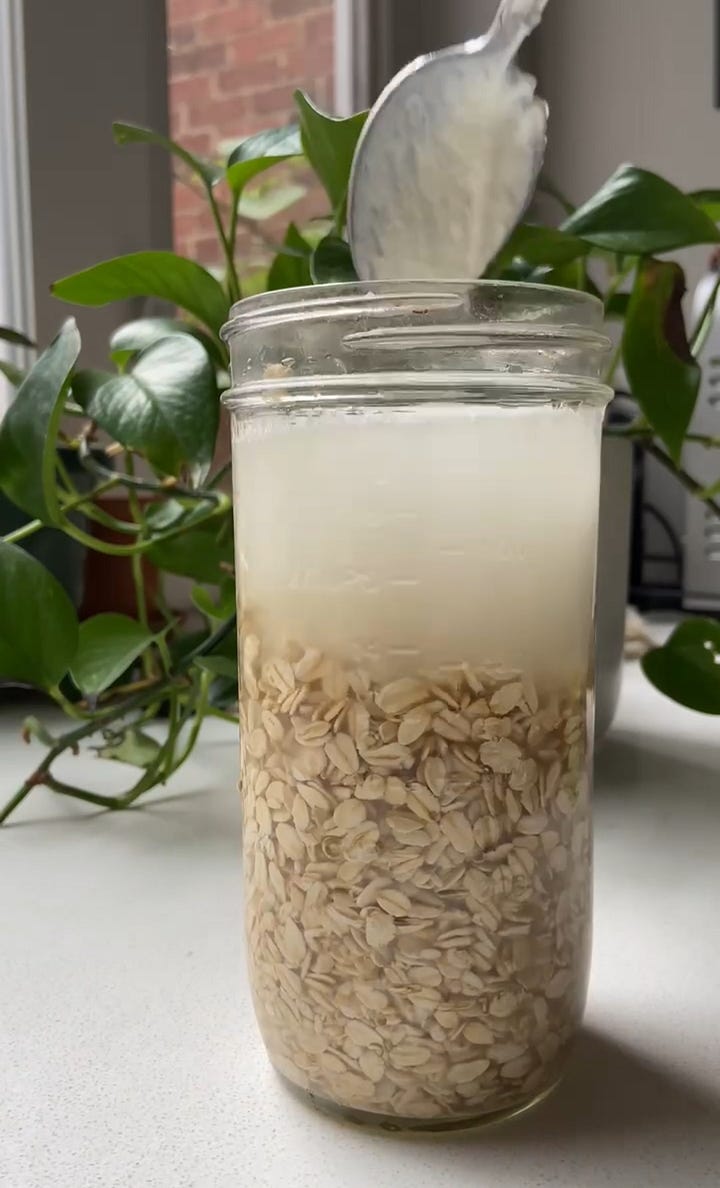
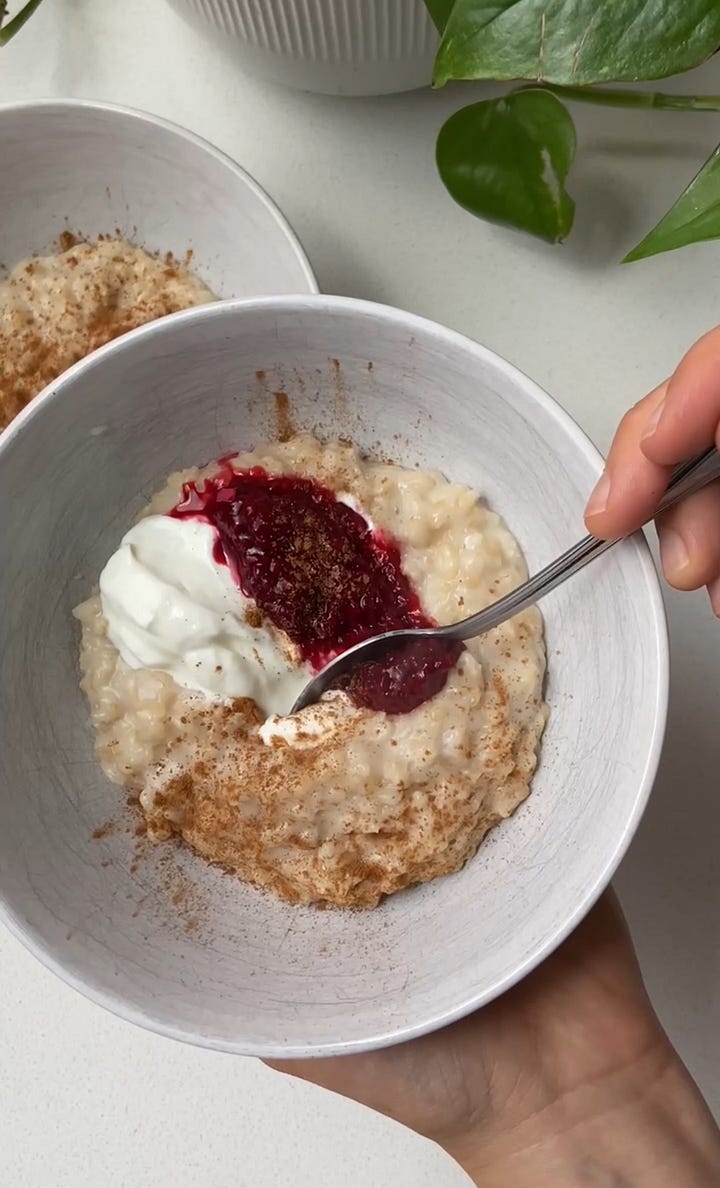
Soaking: Soaking beans, legumes, seeds, and grains overnight in water is one of the simplest and most effective ways to reduce antinutrients, especially phytates and lectins. The process helps to neutralize these compounds, making the foods easier to digest and their nutrients more bioavailable.
Sprouting: Sprouting is the process of soaking seeds or grains and then allowing them to germinate. This not only reduces antinutrients like phytates but also increases the levels of certain vitamins, like vitamin C and B vitamins, making sprouted grains and seeds more nutritious.
Fermentation: Fermentation is a powerful tool for breaking down antinutrients. The microbes involved in fermentation, such as in sourdough bread, fermented vegetables, and dairy help to break down phytates, lectins, sugars, proteins, and other compounds that may inhibit digestion.
Boiling and Cooking: Simply cooking foods like beans, legumes, and cruciferous vegetables can significantly reduce the levels of antinutrients. Boiling beans, for example, reduces lectin content, and steaming cruciferous vegetables like broccoli and kale can lower goitrogenic compounds.
Roasting and Toasting: Roasting or toasting grains and seeds can help to reduce protease inhibitors and phytates, making them more digestible and easier to absorb.
Soaking and Sprouting Cheat Sheet
Approximate time needed for soaking and sprouting common nuts, seeds, legumes, and grains.
Recipes to Make Plant Foods More Digestible
Now that we understand the impact of antinutrients and the traditional methods to reduce them, let’s explore a couple of recipes that incorporate these techniques.
👉 Homemade Probiotic Yogurt
If you don’t tolerate dairy well, opt for fermented options like kefir, yogurt, or hard cheeses. Making your own yogurt at home is so easy!
Ingredients:
½ - 1 gallon milk (not ultra pasteurized)
½ cup yogurt (with live active cultures)
Directions:
In an instant pot or pot on the stove, heat the milk to 180F. Remove from heat and let it cool to 110F. To speed up the cooling process you can set the pot in a bowl of ice water and stir the milk until cooled.
Skim any film from the surface of the milk. In a small cup combine the yogurt with some of the warmed milk until incorporated, then stir that into the pot of milk until combined.
If you’re using an instant pot, set it into the base with the top on and use the yogurt function from anywhere to 8 to 24 hours. I like 24 hours!
If you are not using an instant pot, transfer the mixture to a glass jar, seal it, wrap it in a towel and keep in a warm place.The next day, or 8 hours later, you will have yogurt! You can strain it through cheesecloth for a few hours for thicker yogurt or just transfer to a jar and store it in the fridge for a thinner consistency.
👉 If raw veggies don’t sit well with you, try fermenting them.
👉 Make gluten-free fermented buckwheat sourdough bread.
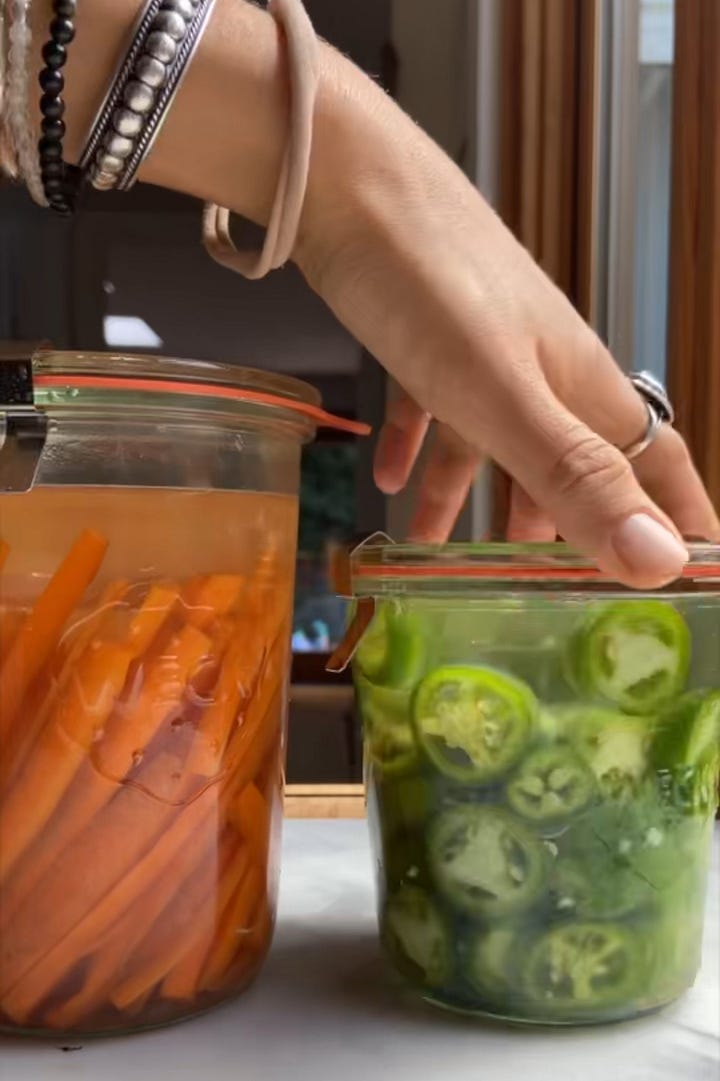
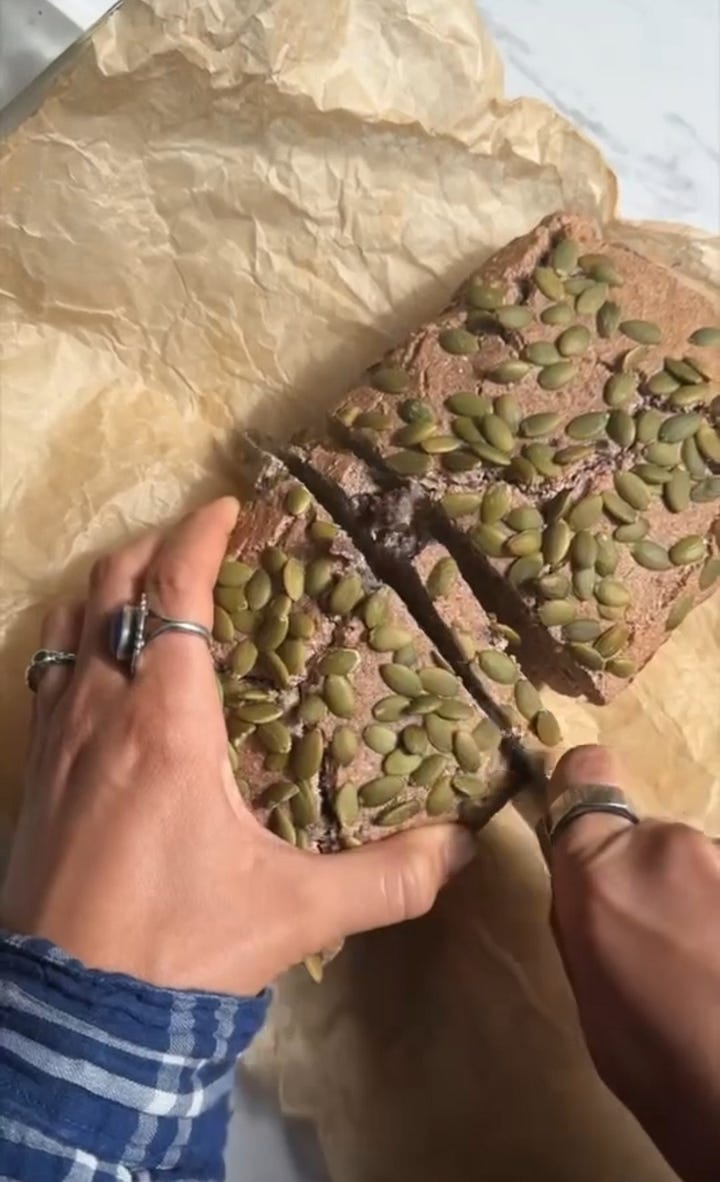
👉 Fermented Buckwheat Crepes
gluten-free fermented crepe for the perfect weekend breakfast - add sweet or savory fillings!
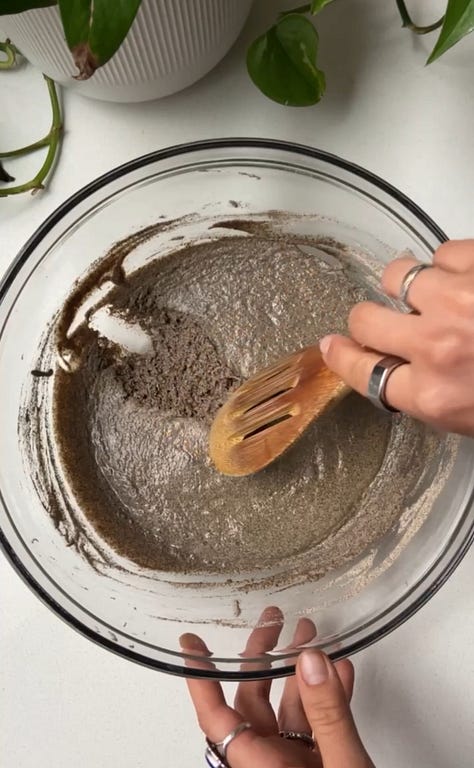


Ingredients:
1 cup buckwheat flour
1 1/4 cup warm water
1 tbsp whey (liquid you get from straining yogurt or making cheese - this is not essential, just supports the fermentation process)
1 egg
2 tbsp melted butter
½ cup milk
1 pinch sea salt
Maple syrup (optional, if you want a sweet batter)
Directions:
Mix the flour, water and whey in a large bowl. Cover with a towel and let it sit in a warm place for 24-48 hours - it should smell slightly sour and have some bubbles.
When you’re ready to cook, stir in the egg, butter, milk and sea salt. Pour about 1/2 cup batter on a hot well-greased pan and cook for 2-3 minutes then flip and cook another 2 minutes.
Enjoy with any toppings you like!
👉 Soaked & Boiled Chickpeas for Hummus
Boiling chickpeas reduces the lectin content and makes them easier to digest. This simple hummus recipe is a great way to incorporate them into your diet.
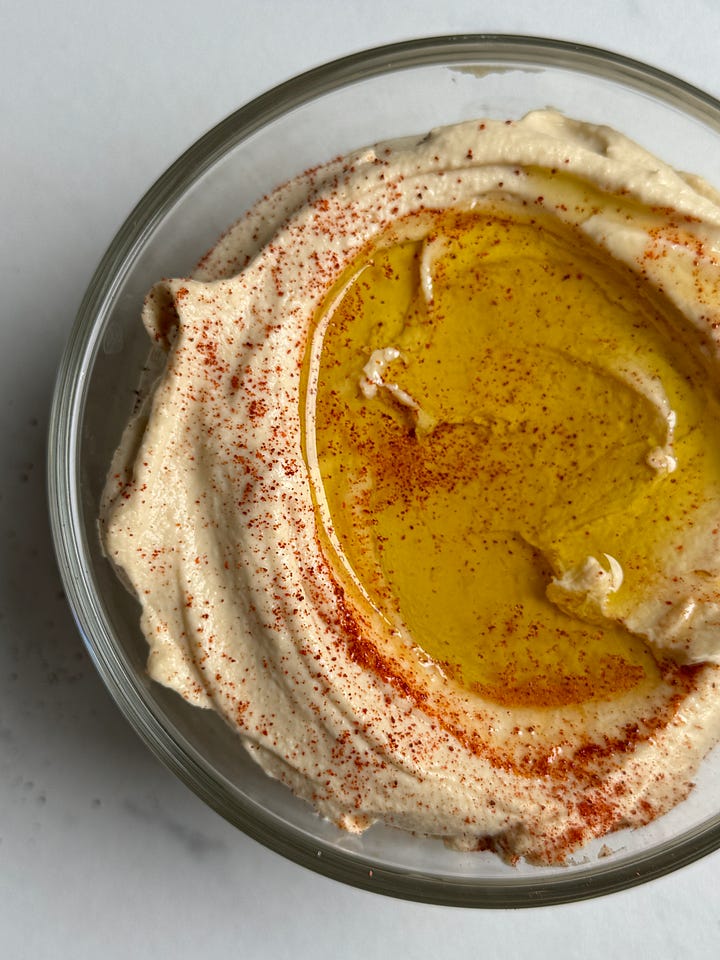
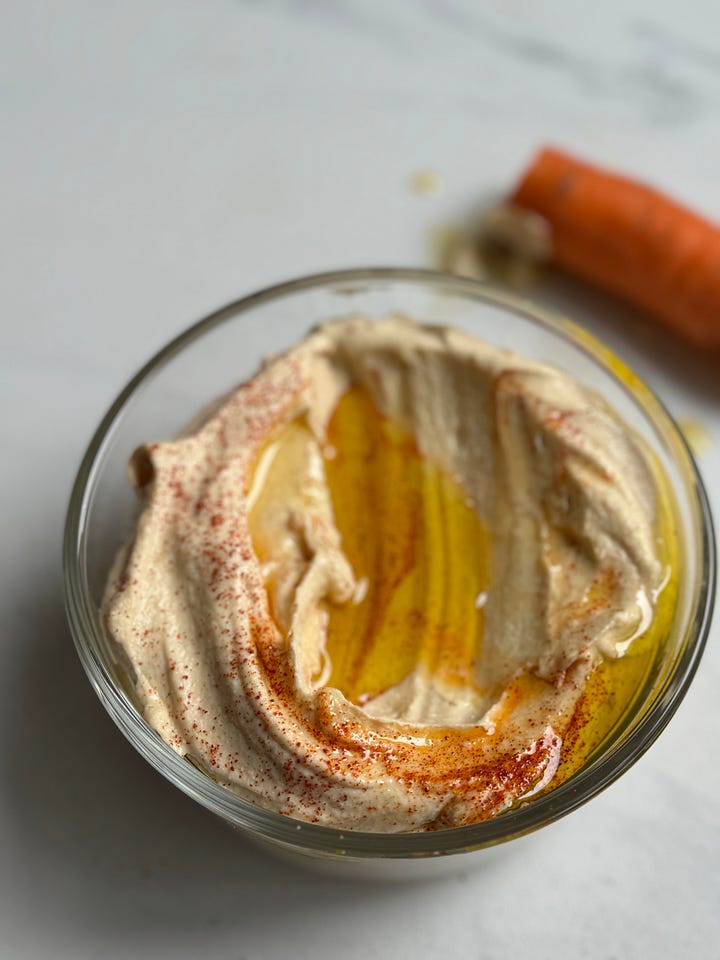
Ingredients:
1 cup dried chickpeas
1 teaspoon baking soda
1/4 cup tahini
2 tablespoons olive oil
1 garlic clove, minced
Juice of 1 lemon
Salt to taste
Water for blending
Directions:
Soak the dried chickpeas in water with baking soda overnight.
Drain and rinse the chickpeas, then cook them in a large pot of water for 1-2 hours until tender. Alternatively, use a pressure cooker to speed up the process.
Once cooked, blend the chickpeas with tahini, olive oil, garlic, lemon juice, and salt in a food processor. Add water as needed to achieve a creamy consistency.
Conclusion
If you’re looking to enjoy an omnivorous diet that takes advantage of the amazing nutrients from animal and plant foods without bloating, gas, and other annoying symptoms, use these techniques to properly prepare your plant foods! While antinutrients are a natural part of many plant foods, they don’t need to be a barrier to a healthy diet. Through traditional methods like soaking, sprouting, fermenting, and cooking, we can reduce their effects and unlock the full nutritional potential of plant foods. By incorporating these techniques into your daily cooking routine, you can enjoy a wide variety of plant foods while ensuring optimal digestion and nutrient absorption. Let me know, which is your favorite technique for preparing plant foods?? I am also happy to answer any questions in the comments!









taking notes for these bean recipes :)